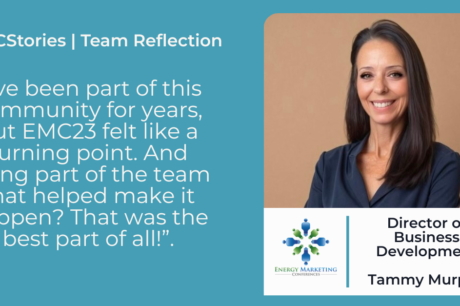Most people rent their electricity for 60 years with nothing to show for it other than maybe 720 paper bills from their retail energy provider (“REP”). In the ERCOT region (and potentially others), they could own their electricity for less than renting and participate in the upside when prices hit $5,000/MWh. Stay with me while we do the math. The game- changing part comes after.
In ERCOT, the average residential customer consumes 13,895 kWh annually. 1Fixed energy prices of $71.32/MWh 2 translate to an annual cost of $990.99 for just energy (not including delivery charges). Over the typical 25-year lifespan of a solar project, this amounts to $34,684.65 per customer.
The average ERCOT residential customer uses 4,169 kWh of their annual consumption of 13,895 kWh during daylight hours. The 4,169 kWh represents about 30% of total annual electricity usage or $10,405 per customer.
A 9.9 MW solar farm in North Texas is estimated to produce approximately 14,454,000 kWh annually, assuming five average peak sun hours per day and a performance ratio of 0.8.
That farm would cost roughly $10.5 million 3 and provide peak hours power to 1,040 homes for $10,096.15 per customer. (This calculation ignores the substantial tax benefits that could flow through to the customer.)
By embracing fractional ownership of solar projects, consumers can reduce their electricity costs, gain true energy independence, and support a cleaner energy future.
The Challenge: Making Solar Accessible
Community solar farms offer a promising path for renewable energy adoption. However, subscription models often position consumers as renters rather than owners, limiting benefits like tax savings and revenue from high real-time prices.
Ownership of solar assets brings these rewards but remains inaccessible due to high upfront costs and logistical challenges. Blockchain technology offers a solution, enabling scalable and transparent participation in solar projects through fractional ownership.
1 https://www.eia.gov/energyexplained/use-of-energy/electricity-use-in- homes.php?
2 https://www.powertochoose.org/en-us/Plan/Results#
3 https://atb.nrel.gov/electricity/2024/utility-scale_pv?utm_source=chatgpt.com
Blockchain: The Enabler of Fractional Ownership
Blockchain creates a secure, decentralized platform for managing fractional ownership. By tokenizing solar assets, individuals can purchase shares of a project as digital tokens.
These tokens grant rights to a proportional share of energy generated and its financial benefits.
Blockchain’s immutable ledger ensures transparent tracking of energy production and ownership, while smart contracts automate transactions.
Key Benefits:
1. Broader Solar Access:
Fractional ownership allows renters, those with unsuitable roofs, and cost-conscious consumers to participate in solar projects.
2. Transforming Energy Expenses into Investments:
Ownership offsets costs and earns revenue from surplus energy. Blockchain ensures fair, transparent distribution.
3. Enhancing Grid Resilience:
Decentralized systems reduce dependence on centralized grids, improving reliability during outages.
4. Accelerating Sustainability:
Fractional ownership drives solar adoption, reducing fossil fuel reliance and emissions.
While the key benefits highlight the transformative potential of blockchain-enabled fractional solar ownership, retail energy providers must overcome several challenges to unlock its full impact.
Challenges and Solutions
1. Regulatory Hurdles:
Energy markets are highly regulated. Overcoming barriers requires policy collaboration and reforms.
2. Technical Integration:
Platforms must manage real-time data and transactions while integrating with existing systems.
3. Consumer Education:
Educating consumers on fractional ownership and blockchain’s benefits is key to widespread adoption.
The Path Forward
The convergence of blockchain and renewable energy offers a practical solution to today’s challenges. Fractional ownership empowers individuals to control their energy futures while contributing to a resilient grid.
With blockchain, true energy independence is within reach. Retail energy providers can lead the way in democratizing solar energy, reducing costs, and creating a cleaner, brighter future for all.
By: Preston Ochsner, Chairman and CEO, Ochsner Interests, Inc.











